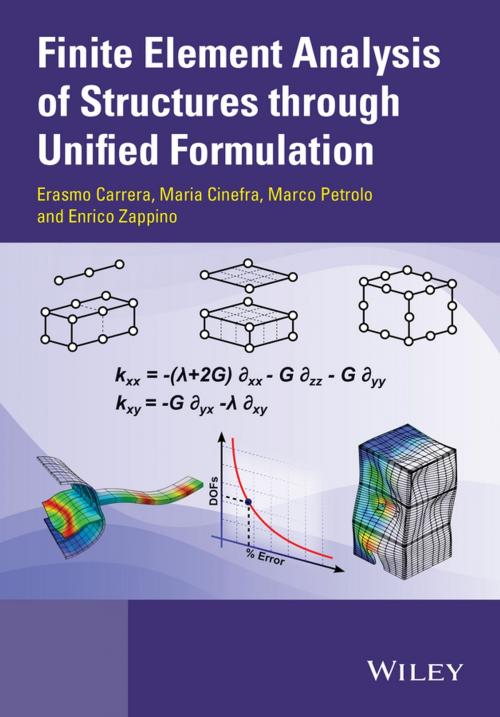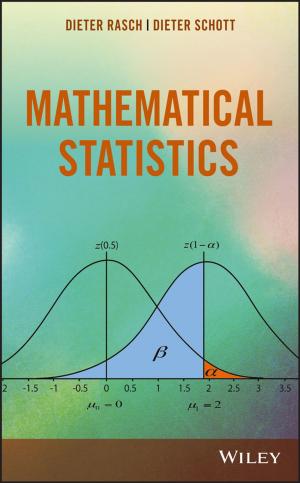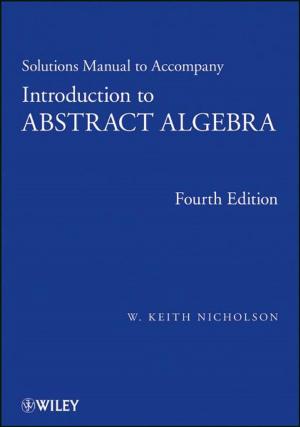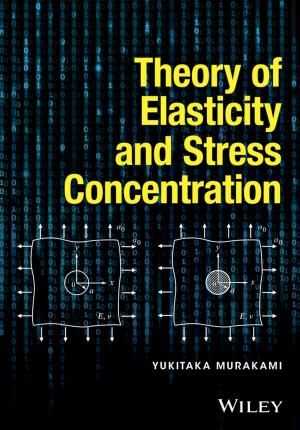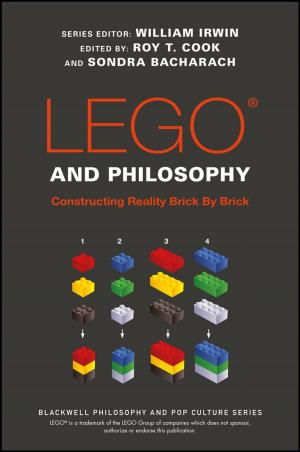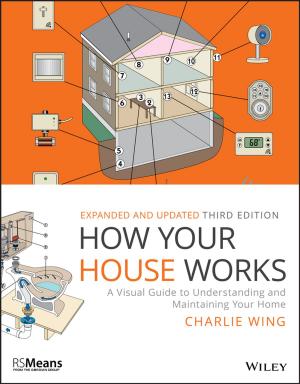Finite Element Analysis of Structures through Unified Formulation
Nonfiction, Science & Nature, Mathematics| Author: | Erasmo Carrera, Maria Cinefra, Marco Petrolo, Enrico Zappino | ISBN: | 9781118536650 |
| Publisher: | Wiley | Publication: | July 29, 2014 |
| Imprint: | Wiley | Language: | English |
| Author: | Erasmo Carrera, Maria Cinefra, Marco Petrolo, Enrico Zappino |
| ISBN: | 9781118536650 |
| Publisher: | Wiley |
| Publication: | July 29, 2014 |
| Imprint: | Wiley |
| Language: | English |
The finite element method (FEM) is a computational tool widely used to design and analyse complex structures. Currently, there are a number of different approaches to analysis using the FEM that vary according to the type of structure being analysed: beams and plates may use 1D or 2D approaches, shells and solids 2D or 3D approaches, and methods that work for one structure are typically not optimized to work for another.
Finite Element Analysis of Structures Through Unified Formulation deals with the FEM used for the analysis of the mechanics of structures in the case of linear elasticity. The novelty of this book is that the finite elements (FEs) are formulated on the basis of a class of theories of structures known as the Carrera Unified Formulation (CUF). It formulates 1D, 2D and 3D FEs on the basis of the same 'fundamental nucleus' that comes from geometrical relations and Hooke's law, and presents both 1D and 2D refined FEs that only have displacement variables as in 3D elements. It also covers 1D and 2D FEs that make use of 'real' physical surfaces rather than ’artificial’ mathematical surfaces which are difficult to interface in CAD/CAE software.
Key features:
- Covers how the refined formulation can be easily and conveniently used to analyse laminated structures, such as sandwich and composite structures, and to deal with multifield problems
- Shows the performance of different FE models through the 'best theory diagram' which allows different models to be compared in terms of accuracy and computational cost
- Introduces an axiomatic/asymptotic approach that reduces the computational cost of the structural analysis without affecting the accuracy
- Introduces an innovative 'component-wise' approach to deal with complex structures
- Accompanied by a website hosting the dedicated software package MUL2 (www.mul2.com)
Finite Element Analysis of Structures Through Unified Formulation is a valuable reference for researchers and practitioners, and is also a useful source of information for graduate students in civil, mechanical and aerospace engineering.
The finite element method (FEM) is a computational tool widely used to design and analyse complex structures. Currently, there are a number of different approaches to analysis using the FEM that vary according to the type of structure being analysed: beams and plates may use 1D or 2D approaches, shells and solids 2D or 3D approaches, and methods that work for one structure are typically not optimized to work for another.
Finite Element Analysis of Structures Through Unified Formulation deals with the FEM used for the analysis of the mechanics of structures in the case of linear elasticity. The novelty of this book is that the finite elements (FEs) are formulated on the basis of a class of theories of structures known as the Carrera Unified Formulation (CUF). It formulates 1D, 2D and 3D FEs on the basis of the same 'fundamental nucleus' that comes from geometrical relations and Hooke's law, and presents both 1D and 2D refined FEs that only have displacement variables as in 3D elements. It also covers 1D and 2D FEs that make use of 'real' physical surfaces rather than ’artificial’ mathematical surfaces which are difficult to interface in CAD/CAE software.
Key features:
- Covers how the refined formulation can be easily and conveniently used to analyse laminated structures, such as sandwich and composite structures, and to deal with multifield problems
- Shows the performance of different FE models through the 'best theory diagram' which allows different models to be compared in terms of accuracy and computational cost
- Introduces an axiomatic/asymptotic approach that reduces the computational cost of the structural analysis without affecting the accuracy
- Introduces an innovative 'component-wise' approach to deal with complex structures
- Accompanied by a website hosting the dedicated software package MUL2 (www.mul2.com)
Finite Element Analysis of Structures Through Unified Formulation is a valuable reference for researchers and practitioners, and is also a useful source of information for graduate students in civil, mechanical and aerospace engineering.
